About Xi'an
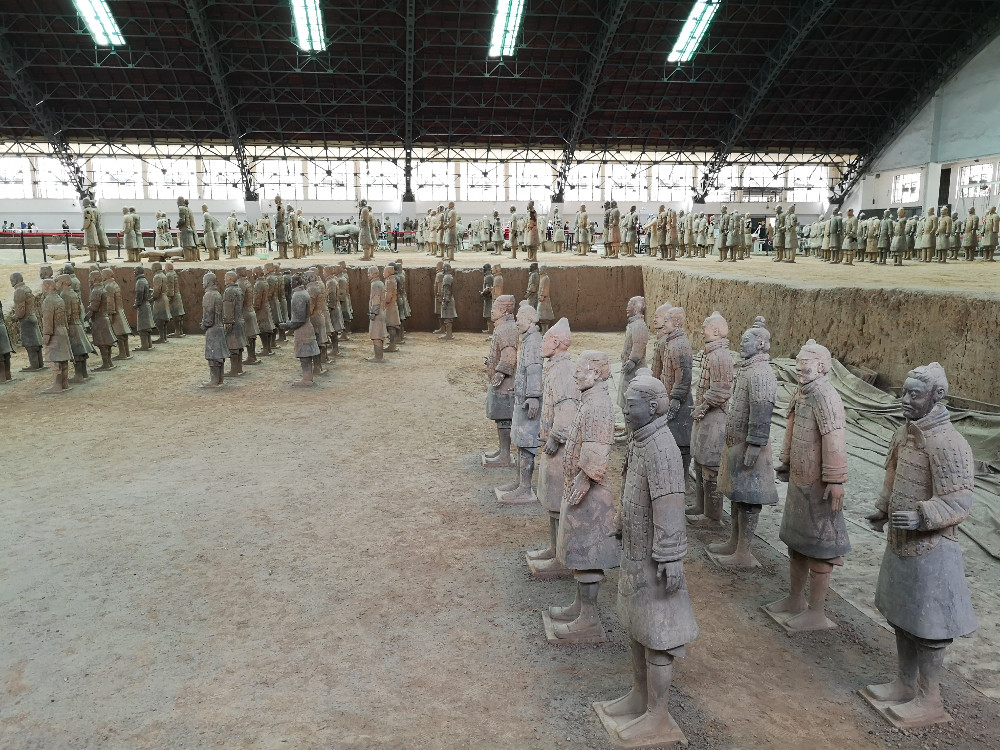 | 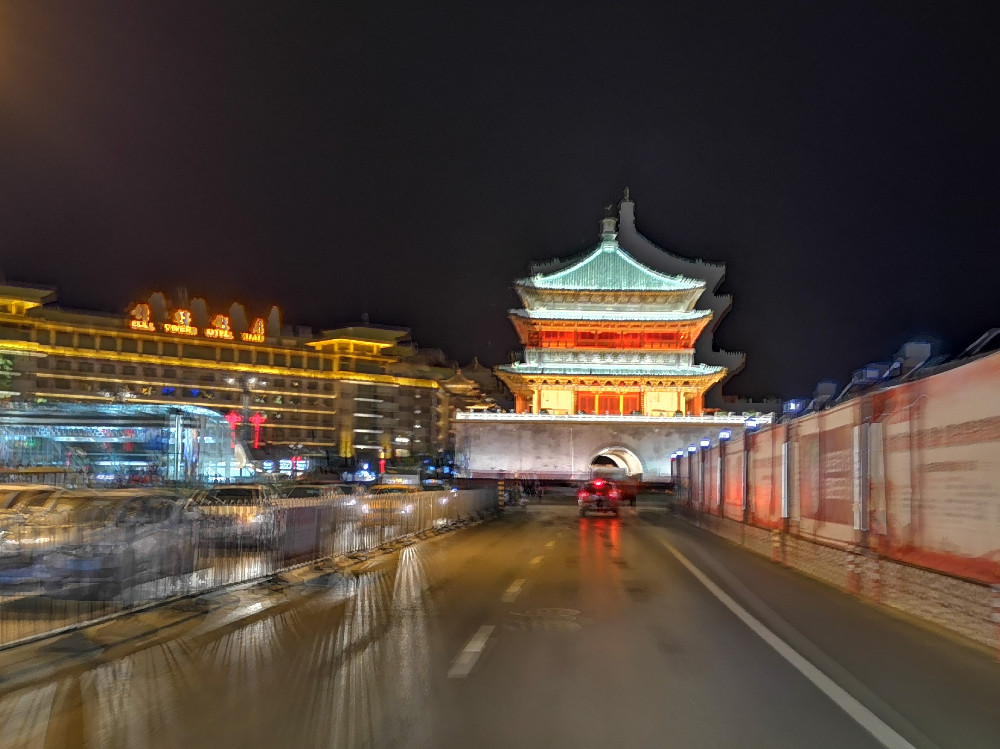 | 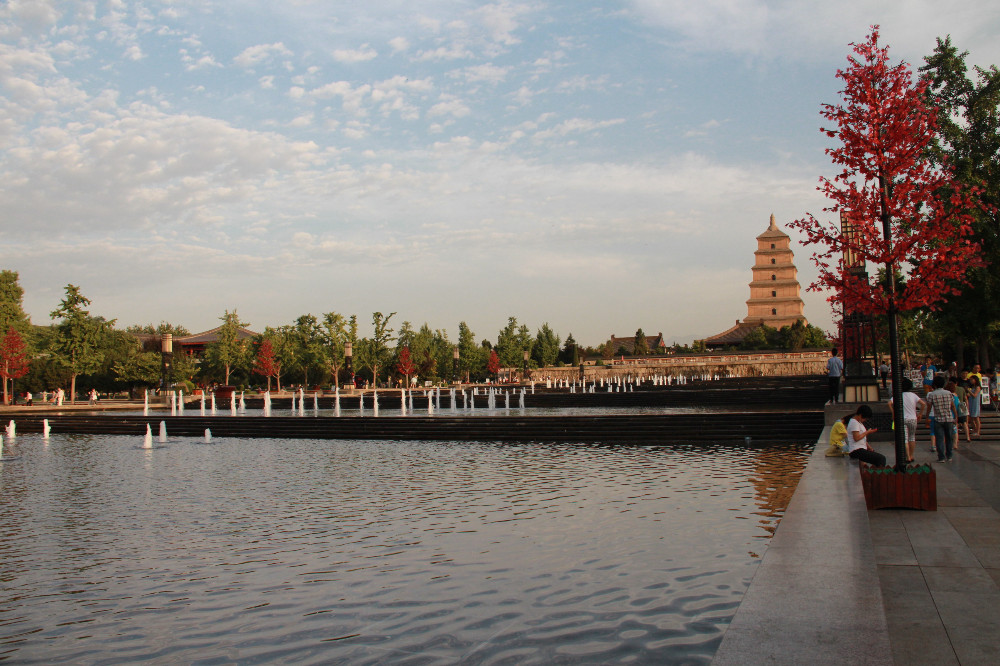 |
ABOUT XI'AN
Xi’an (Chinese: 西安) is the capital of Shaanxi province, located in the northwest of the People’s Republic of China, in the center of the Guanzhong Plain. One of the oldest cities in China, with more than 3,100 years of history, the city was known as Chang’an before the Ming dynasty. Xi’an is one of the Four Great Ancient Capitals of China, having held the position under several of the most important dynasties in Chinese history, including Zhou, Qin, Han, Sui, and Tang. Xi’an is the starting point of the Silk Road and home to the Terracotta Army of Emperor Qin Shi Huang.
Since the 1990s, as part of the economic revival of interior China especially for the central and northwest regions, the city of Xi’an has re-emerged as an important cultural, industrial and educational center of the central-northwest region, with facilities for research and development, national security and China’s space exploration program.
Xi’an currently holds sub-provincial status, administering 11 districts and 2 counties. According to the 2019 Census, nine urbanized districts of Xi’an has a population more than 10,000,000, and it is a super big international city. Xi'an is the city for education with more than 70 universities and colleges. There is one college student in every seven people.
It is the most populous city in Northwest China, as well as one of the three most populous cities in Western China. According to a July 2012 report by the Economist Intelligence Unit, it was recently named as one of the 13 emerging megacities, or megalopolises, in China.
Terracotta Army
The terra-cotta warriors and horses, which were the first national key cultural relics protection units and the first Chinese world heritage sites, are a category of ancient tomb statues.In ancient times, people died in martyrdom.Slaves were the accessories of slave owners in life.After the death of slave owners, slaves were to be buried with them as funeral objects.The terra-cotta warriors and horses are funeral objects in the shape of chariots, horses and soldiers.
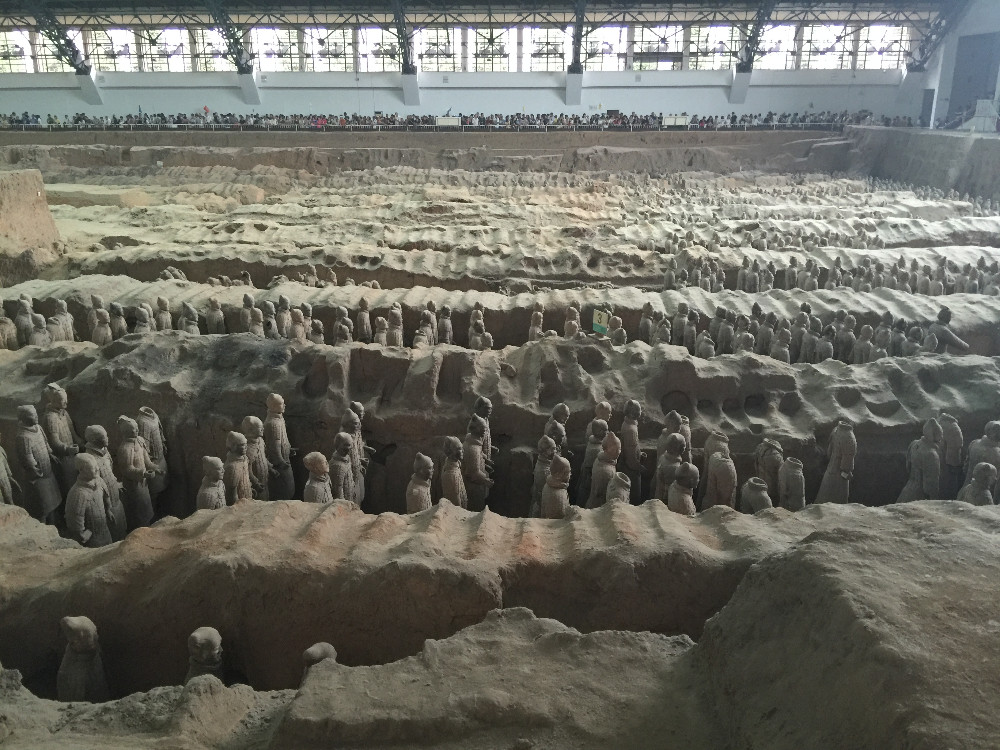 | 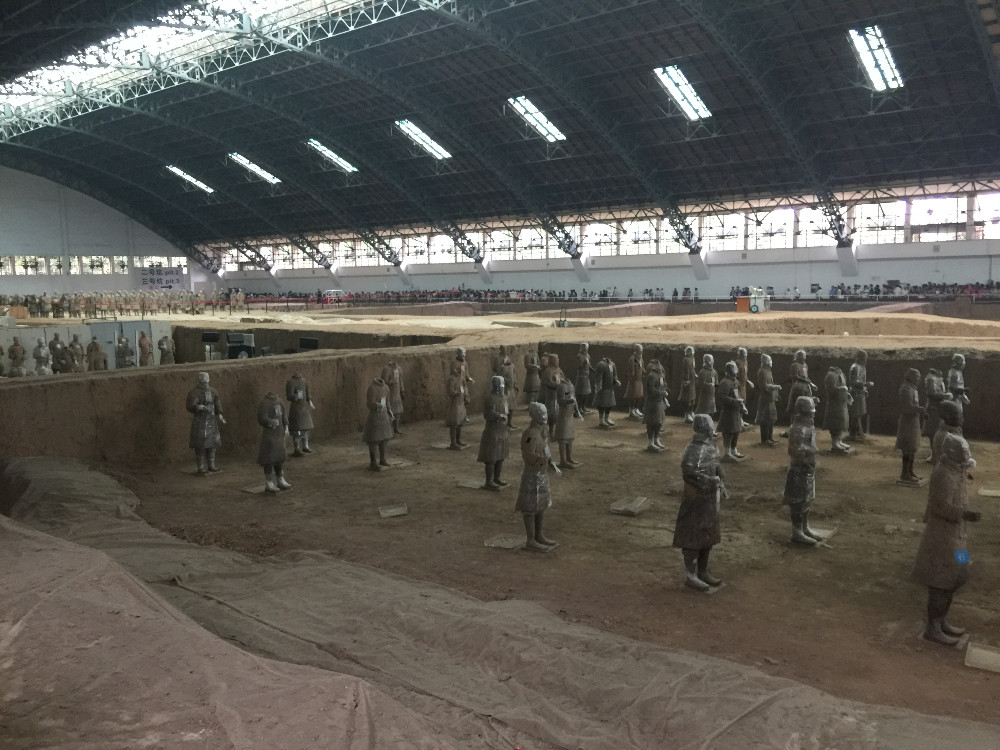 |
Huaqing Hot Spring
Situated at the northern foot of Mount Li in Lintong County, 30 kilometers (18.6 miles) from Xian City, Huaqing Hot Spring (also called Huaqing Pool) is famed for both its dainty spring scenery and the romantic love story of Emperor Xuanzong (685-762) and his concubine Yang Guifei in the Tang Dynasty (618-907).>Its long history and location among the wonderful landscapes should entice any visitor to visit.The palace thus has a history of 3,000 years and the hotspring has a history of 6,000 years!
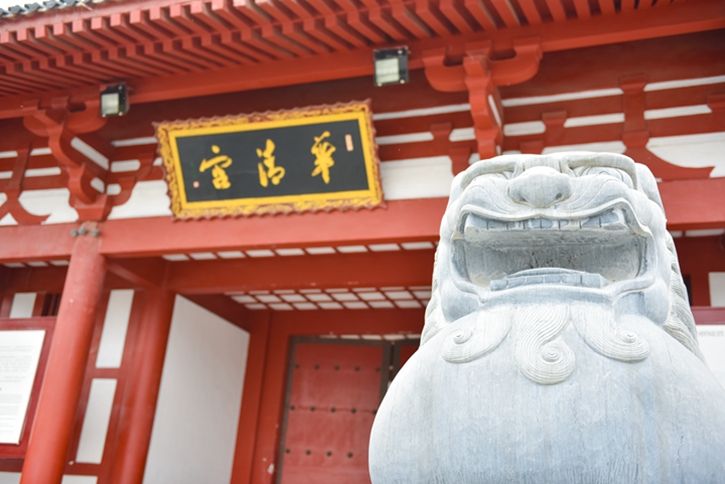 | 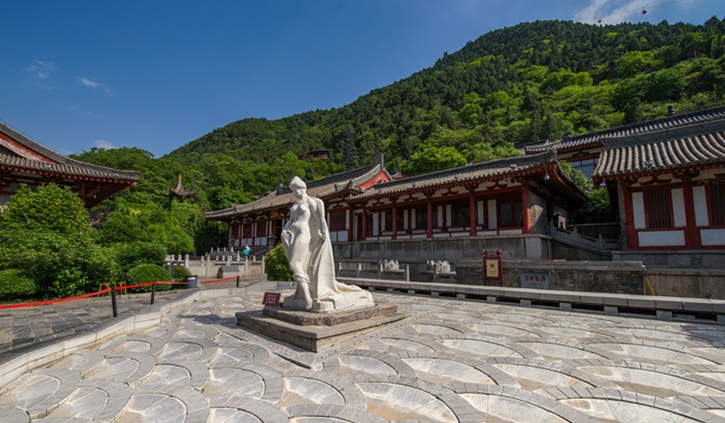 | 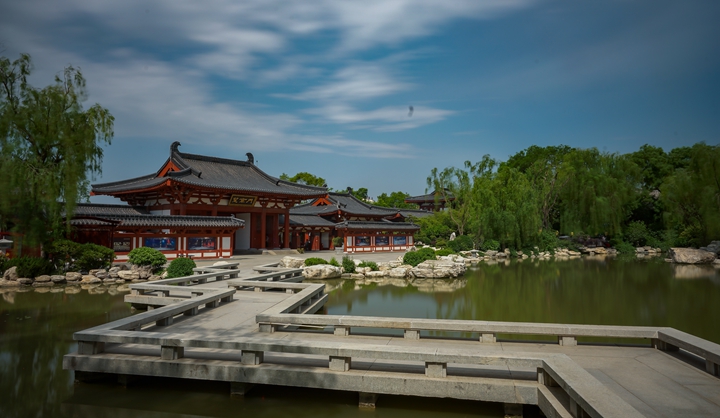 |
Ancient City Wall
The Xi'an City Wall is the most complete city
wall that has survived in China, as well being one of the largest
ancient military defensive systems in the world.The wall stands 12
meters (40 feet) tall, 12-14 meters (40-46 feet) wide at the top and
15-18 meters (50-60 feet) thick at the bottom. It covers 13.7 kilometers
(8.5 miles) in length with a deep moat surrounding it. Every 120
meters, there is a rampart which extends out from the main
wall.Altogether, there are 98 ramparts, which were built to defend
against the enemy climbing up. Each rampart has a sentry building, in
which the soldiers could protect the entire wall without exposing
themselves to the enemy. (Photos from Webset: http://www.xacitywall.com)
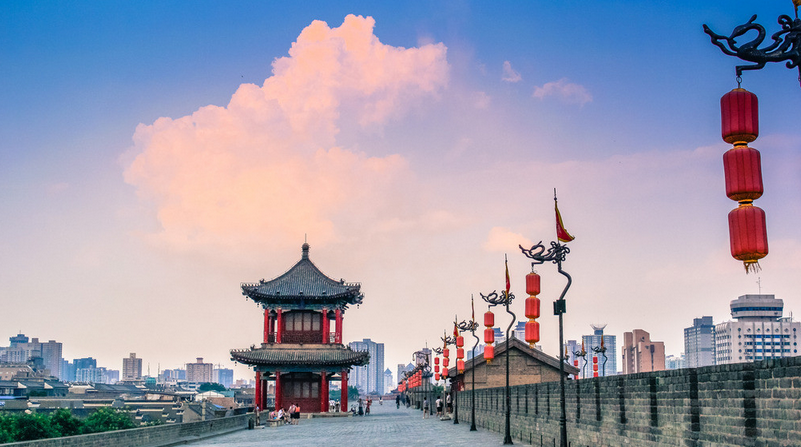 | 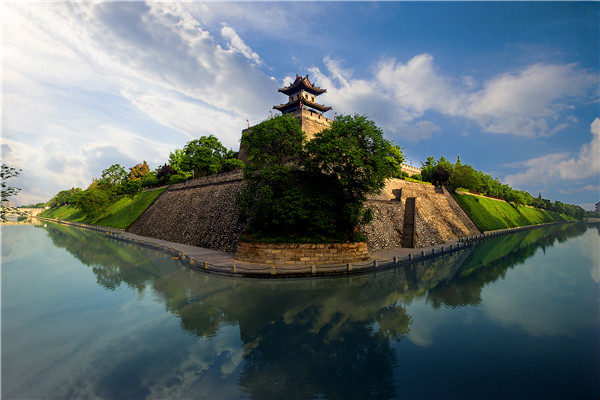 |
|
Great Wild Goose Pagoda
As the symbol of the old-line Xi’an, originally built in 652 during the reign of Emperor Gaozong of the Tang Dynasty (618-907), Great Wild Goose Pagoda (also called Giant Wild Goose Pagoda) is a well-preserved ancient building and a holy place for Buddhists.It is located in the southern suburb of Xian City, about 2.5 miles (4 kilometers) from the downtown of the city.Standing in the Da Ci'en Temple complex, it attracts numerous visitors for its fame in the Buddhist religion and its simple but appealing style of construction.It holds the old Buddhist relics and classics taken from India by the hierarch Xuanzang. The pagoda and its surrounding areas nowadays become a popular resort for both the locals and the tourists.
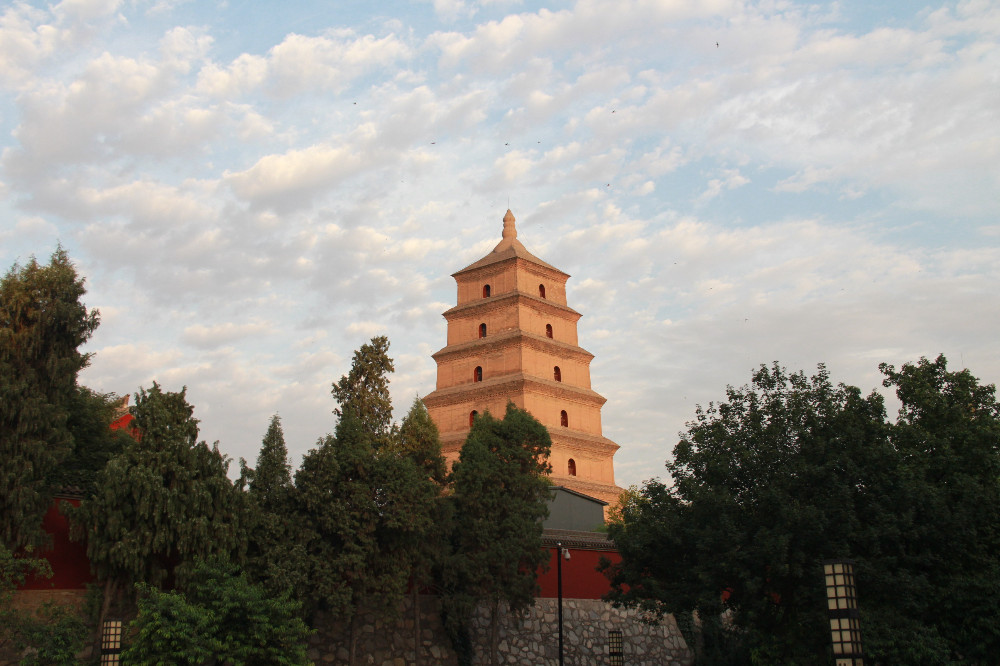 | 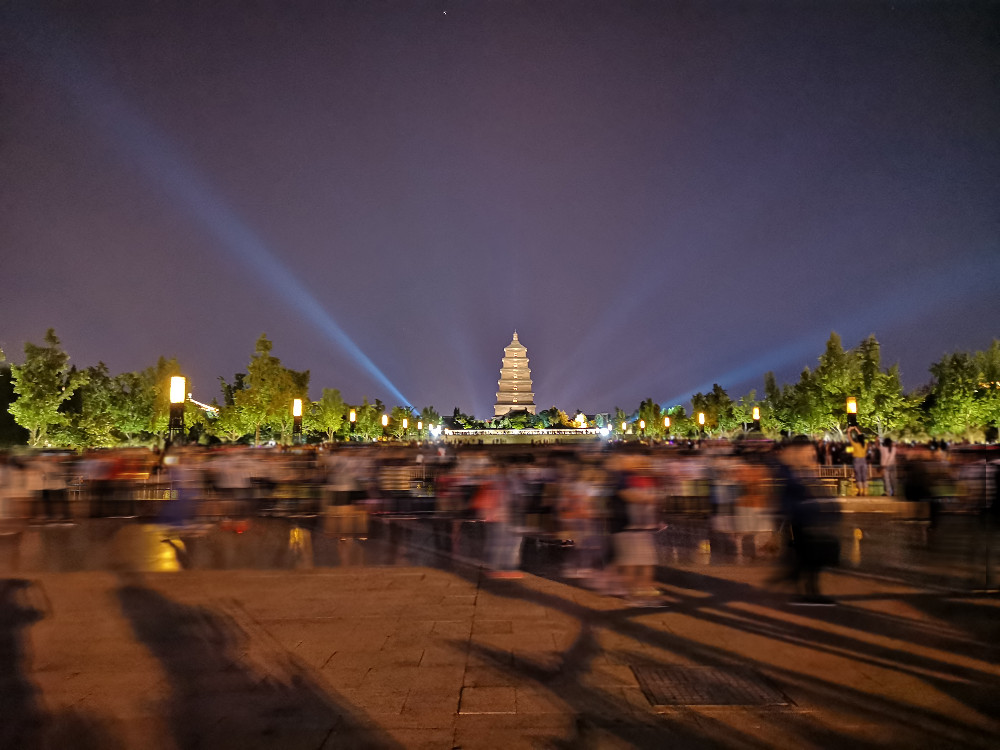 |
|
Bell Tower
The Bell Tower, a stately traditional building, marks the geographical center of the ancient capital. From this important landmark extend East, South, West and North Streets, connecting the tower to the East, South, West and North Gates of the City Wall of the Ming Dynasty. It was built in 1384 by Emperor Zhu Yuanzhang as a way to dominate the surrounding countryside and provide early warning of attack by rival rulers. (Photos from Webset: http://www.baidu.com)
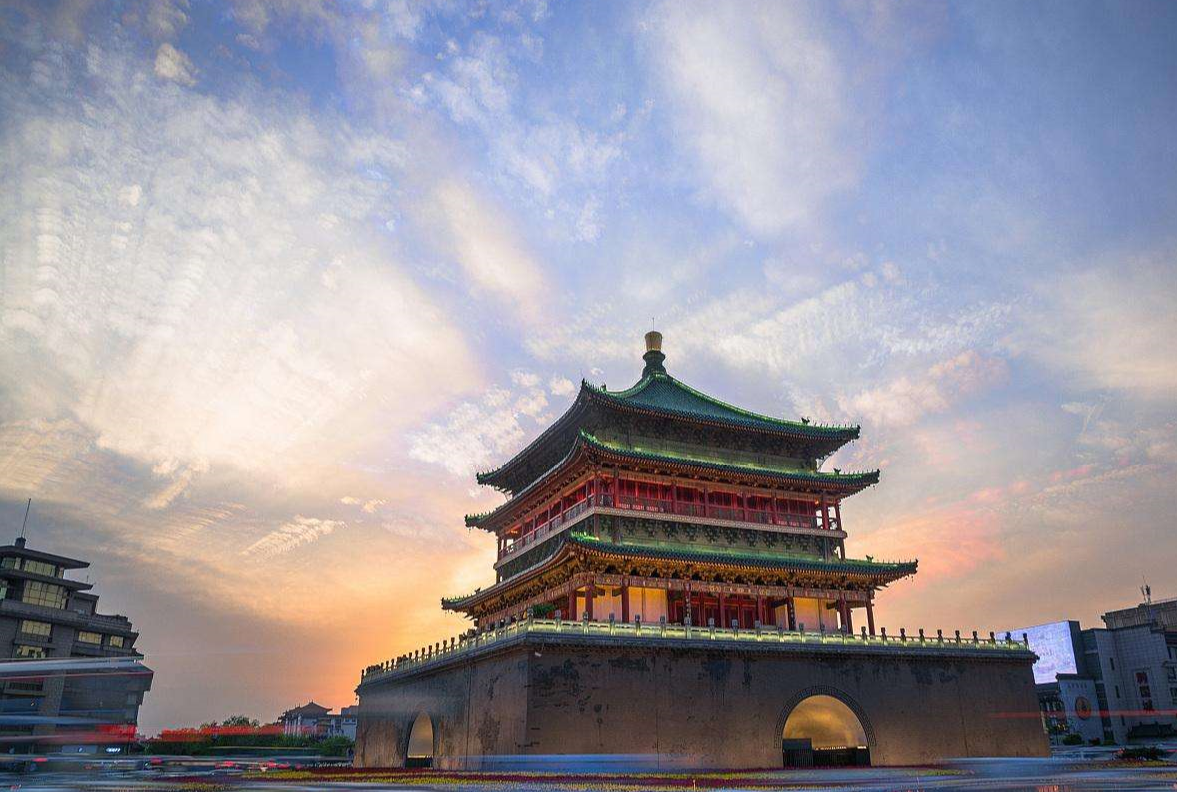 | 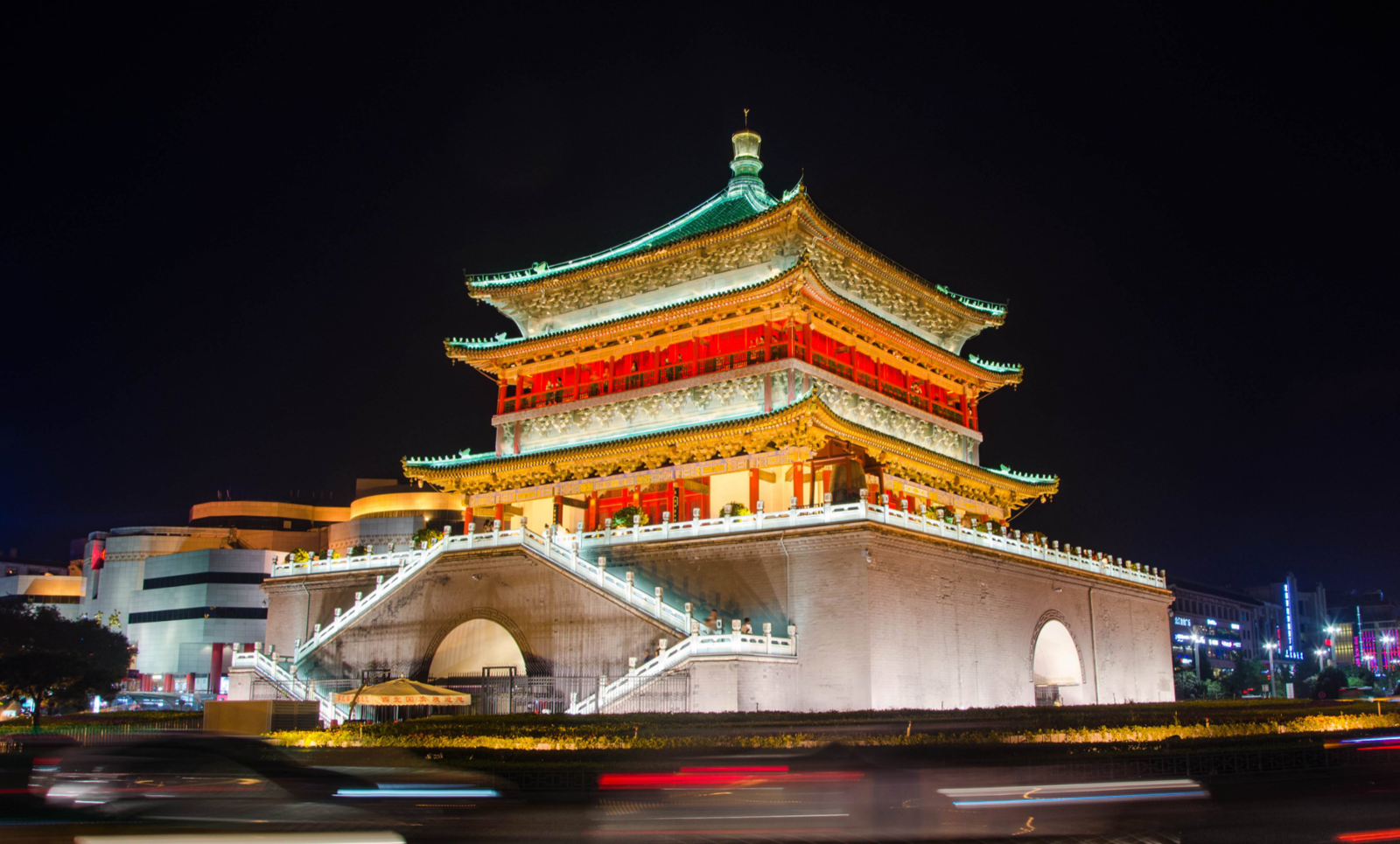 |
Tang Paradise
Near the Big Wild Goose Pagoda, Tang Paradise is located in the Qujiang
Resort, southeast of the Xi'an City, Shaanxi Province. The site covers a
total area of 1000 mu (about 165 acres) and of which 300 mu (about 49
acres) is covered by water.This attraction not only claims to be the biggest
cultural theme park in the northwest region of China but also the first
royal-garden-like park to give a full display of the Tang Dynasty's
(618-907) culture.Altogether, twelve scenic regions are distributed here
to provide visitors with the enjoyment of twelve cultural themes and a
perfect exhibition of the grandness, prosperity and brilliance of the
culture of the Tang Dynasty. (Photos from Webset: http://www.tangparadise.cn)
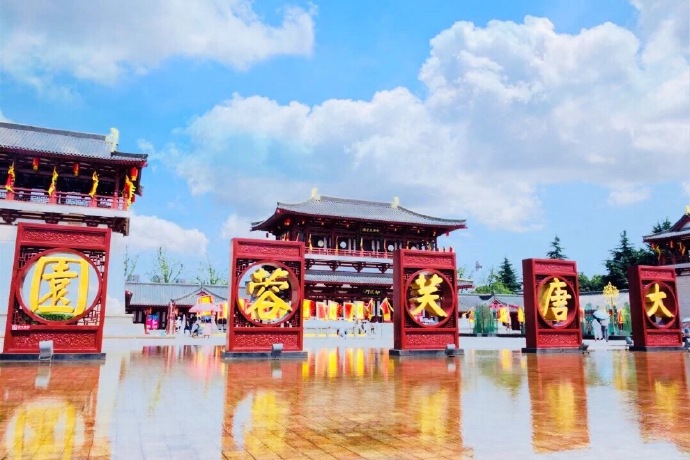 | 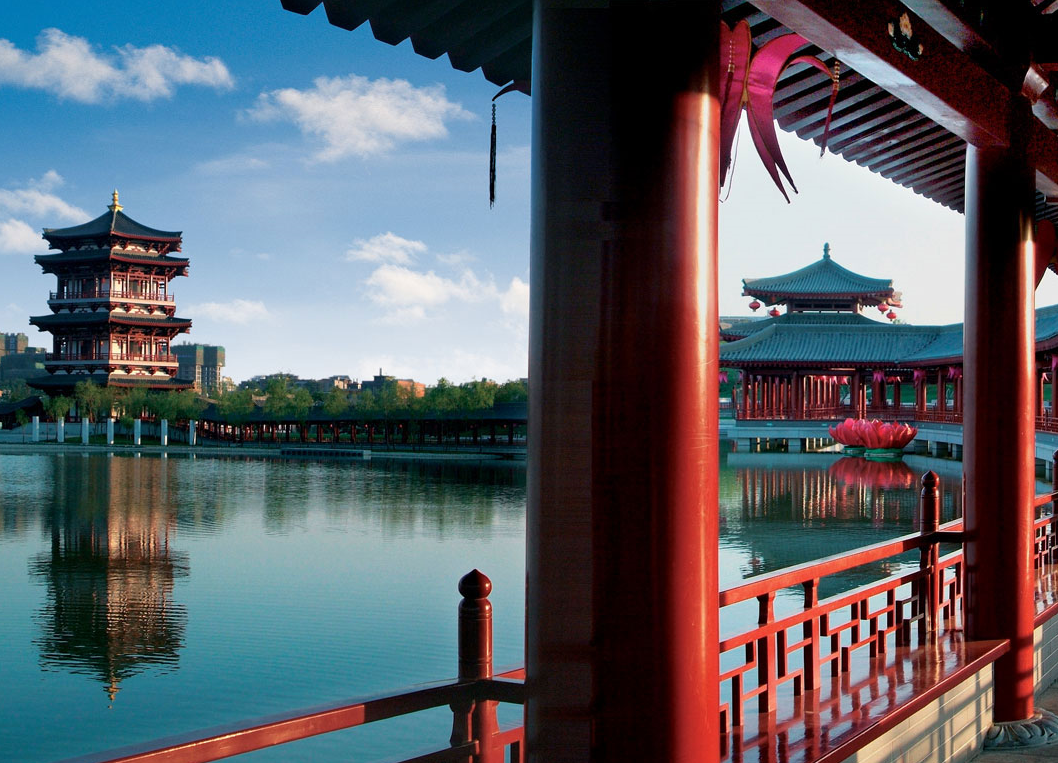 | 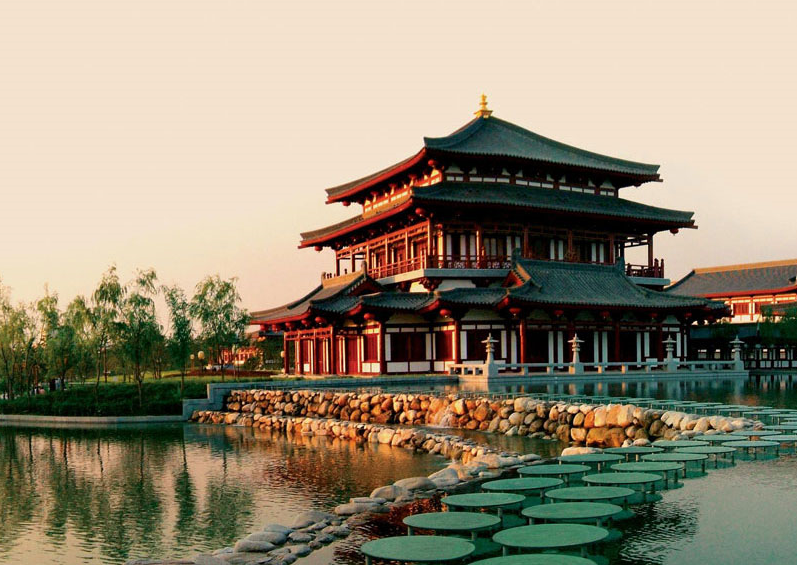 |
Mount Hua
Situated in Huayin City of Shaanxi Province, Mount Hua is 120 kilometers
(75 miles) from Xian. It is the western mountain of the Five Great
Mountains of China, and has a long history of religious significance.It
is famous for natural vista of steep and narrow paths, precipitous crags
and a high mountain range. In modern times the mountain is classified
as five main peaks, of which the highest is the South Peak at 2,154.9
metres (7,070 ft).Its five peaks are the representative attractions and
each has its distinctive charms: East Peak is the best place to enjoy
the sunrise; South Peak has the highest altitude; West Peak is the most
elegant; North Peak is famous as the Cloud Terrace Peak and Middle Peak
is also called Jade Lady Peak. (Photos from Webset: http://www.chinahuashan.com)
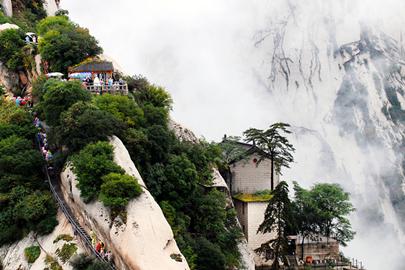 | 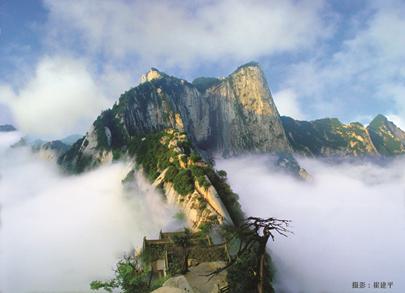 | 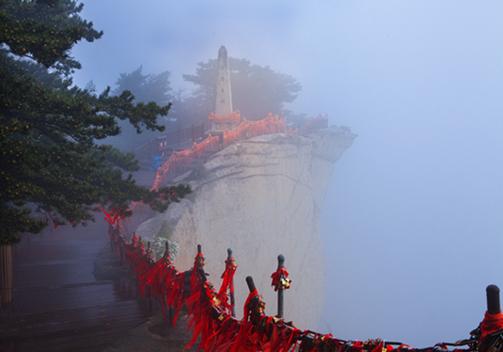 |
Cuisine & Snacks
Photos from Website: http://www.baidu.com
 |
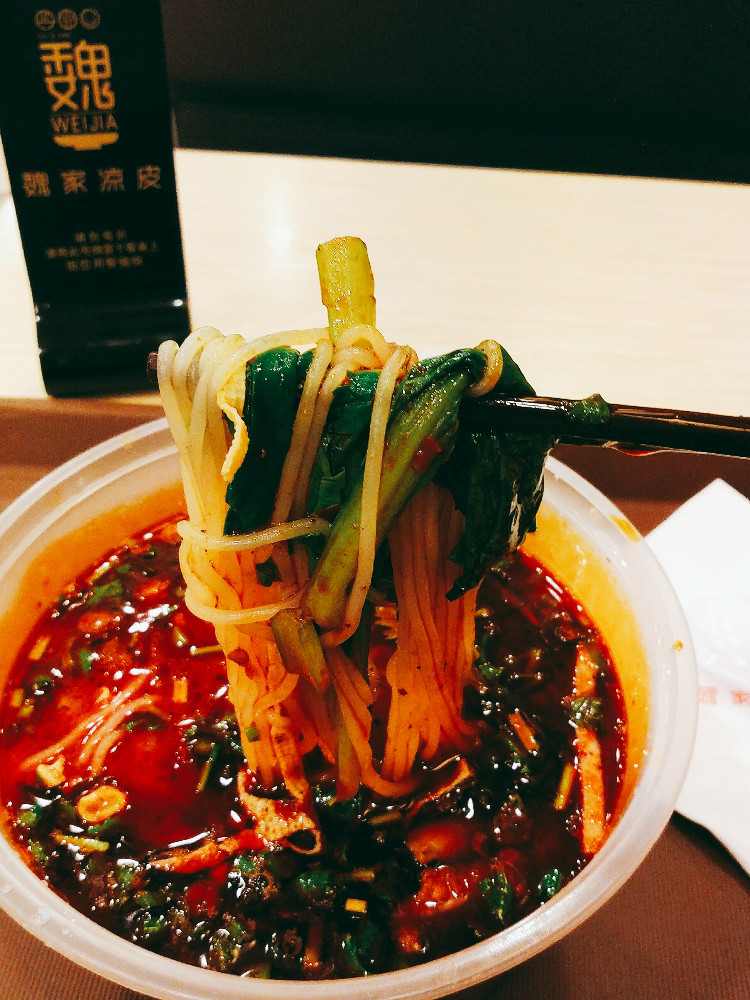 | 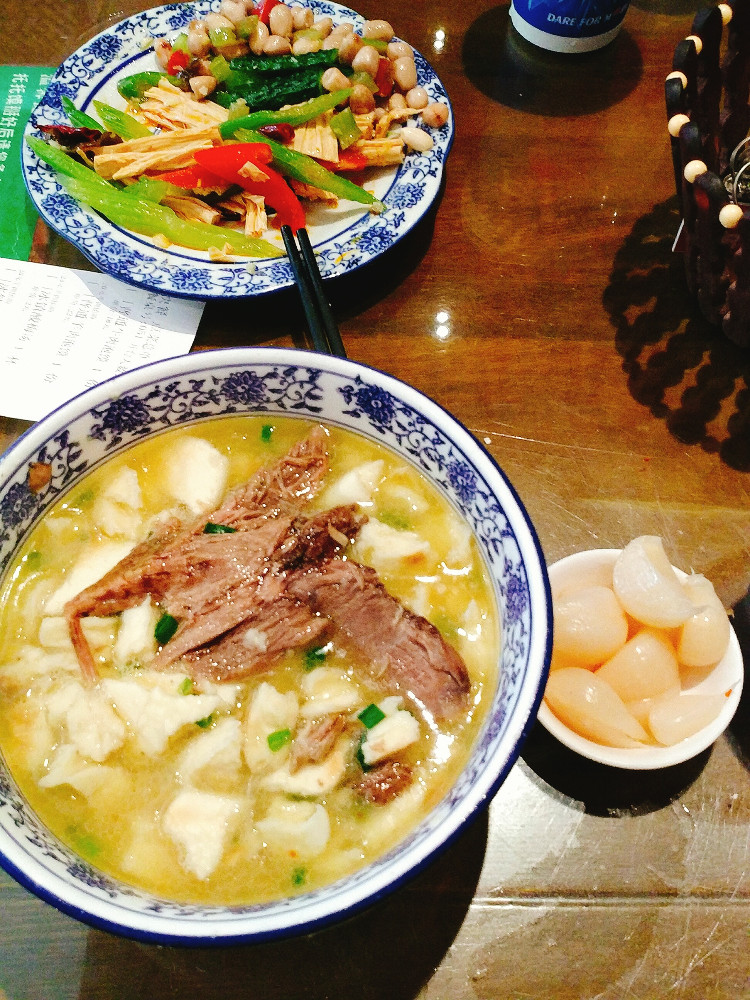 |  |
 | 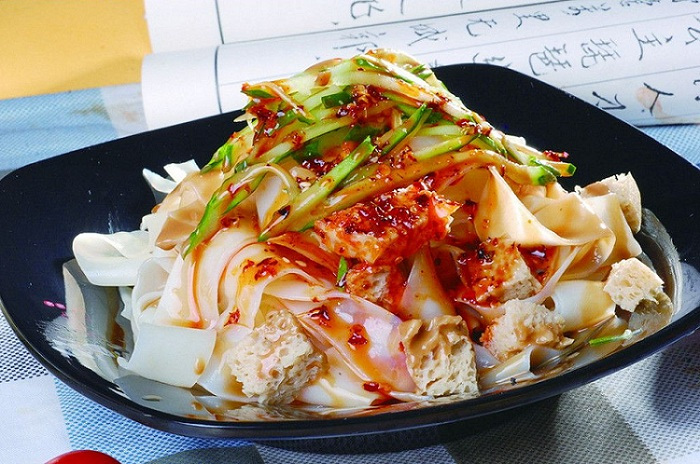 |  |
 |  | 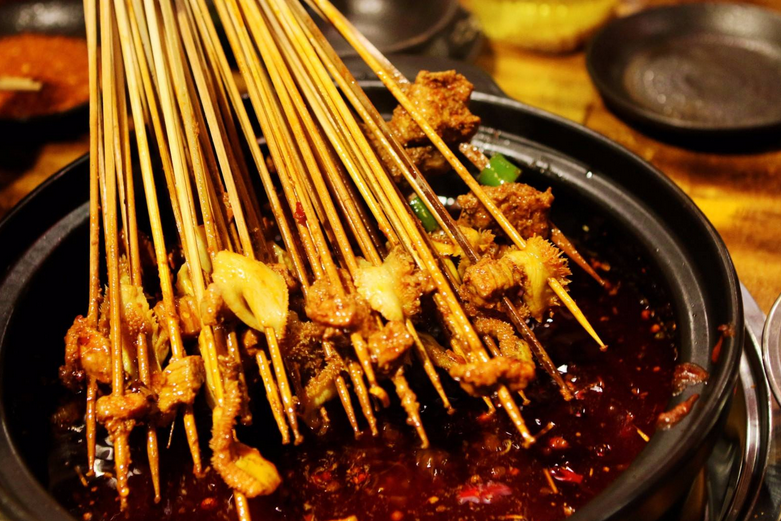 |
Important Dates
March 1, 2020 - June 10, 2021
March 1, 2020 - July 12, 2021
March 1, 2020 - June 20, 2021
March 1, 2020 - June 20, 2021
May 1, 2021 - June 26, 2021
July 9-12, 2021

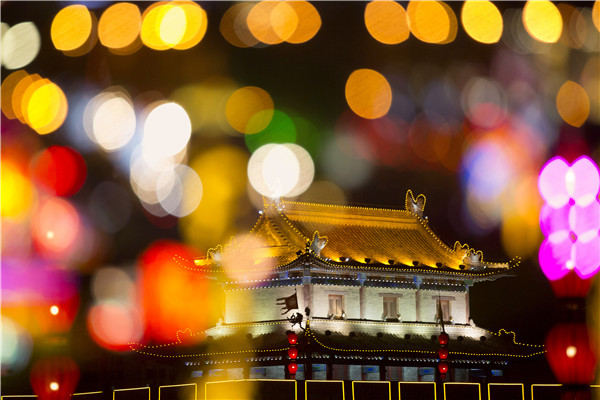
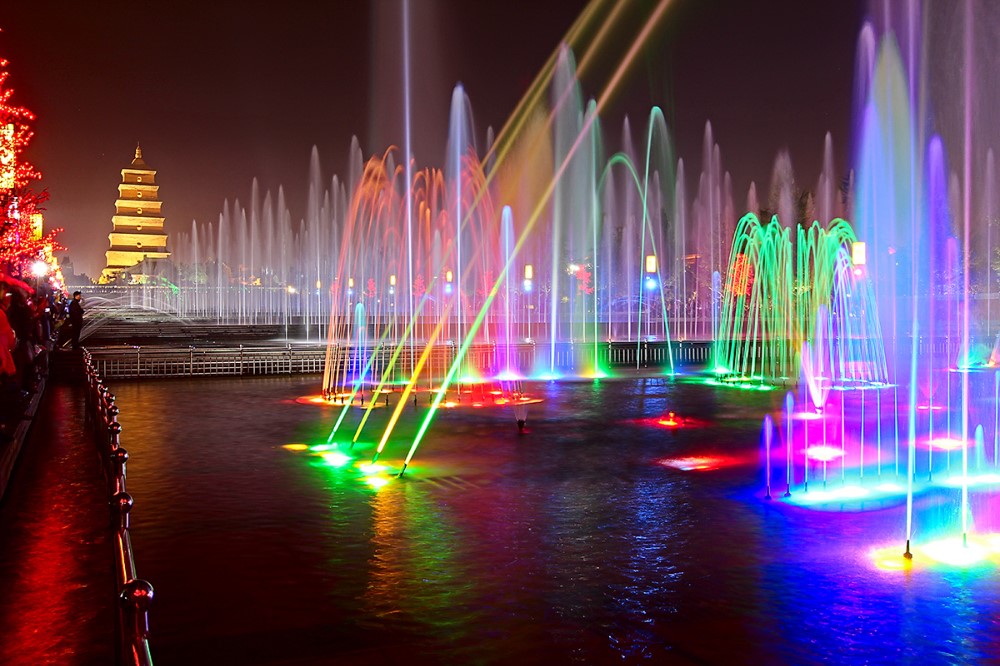
 京公网安备 11010802039275号
京公网安备 11010802039275号